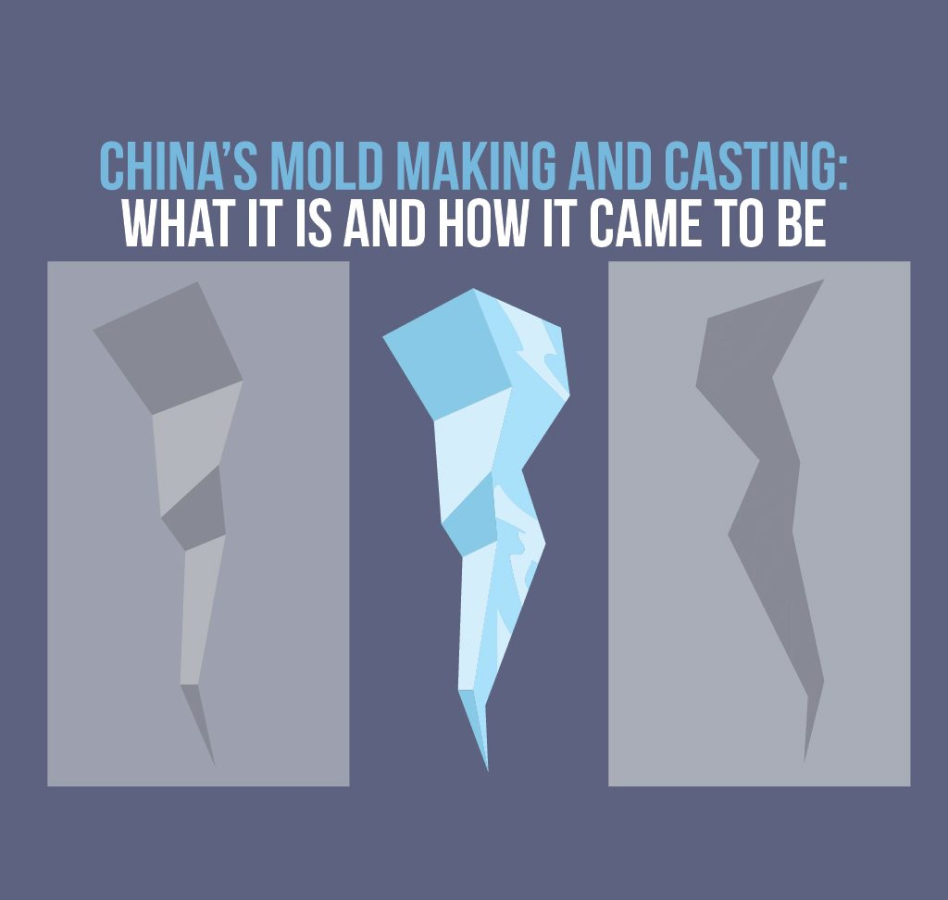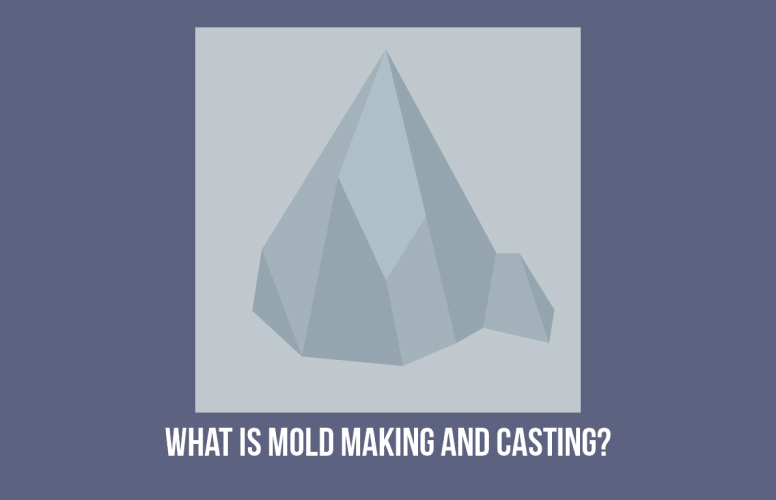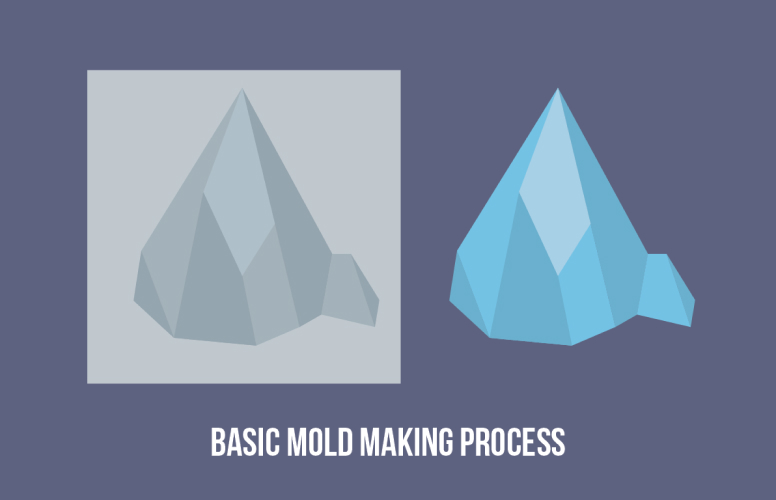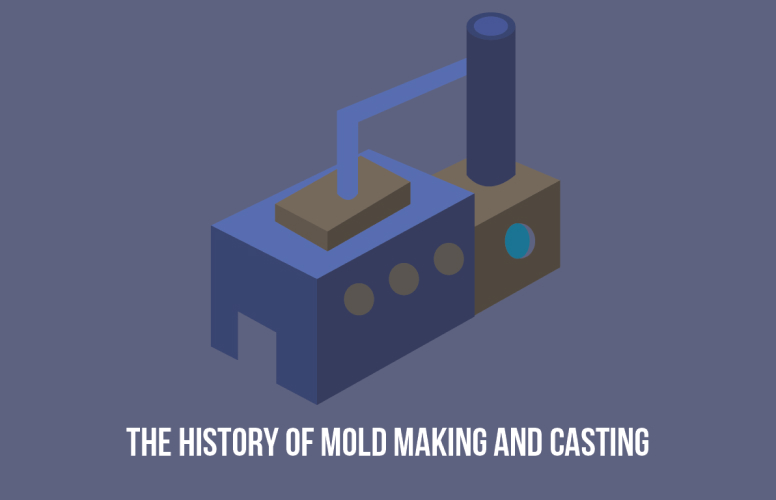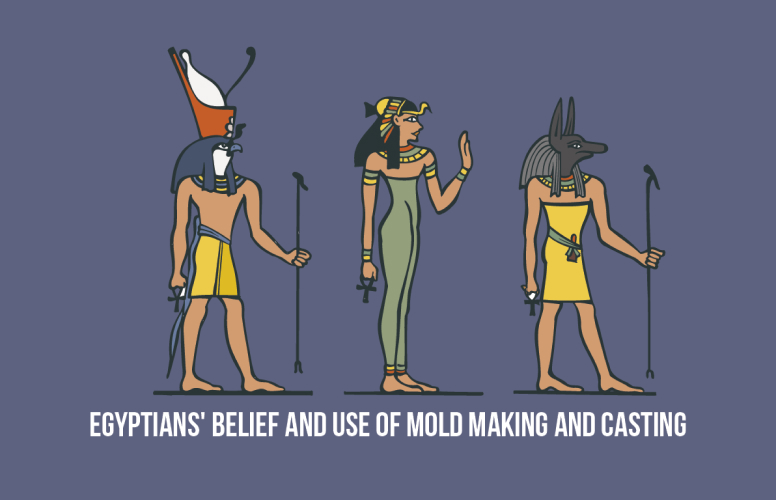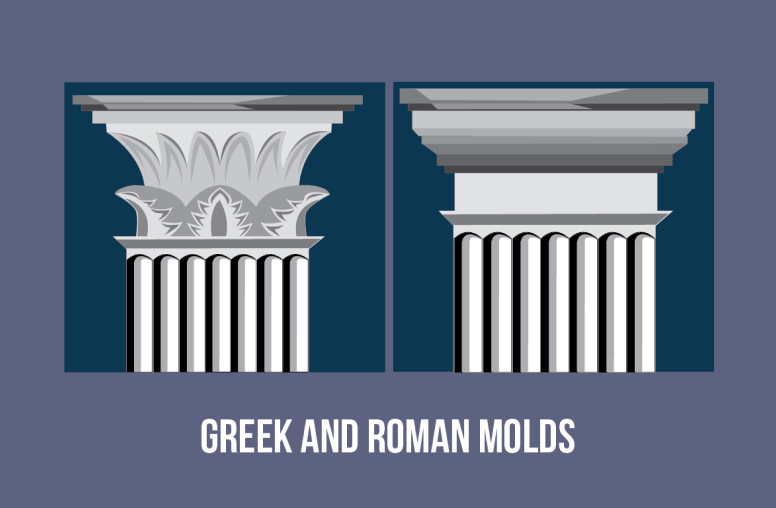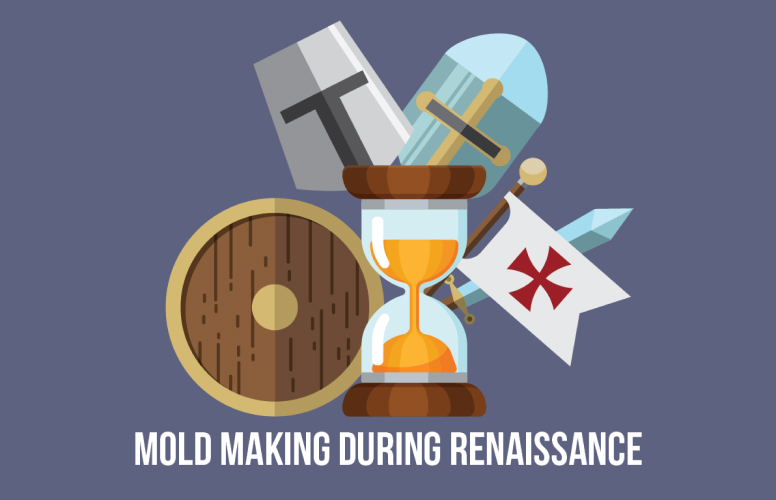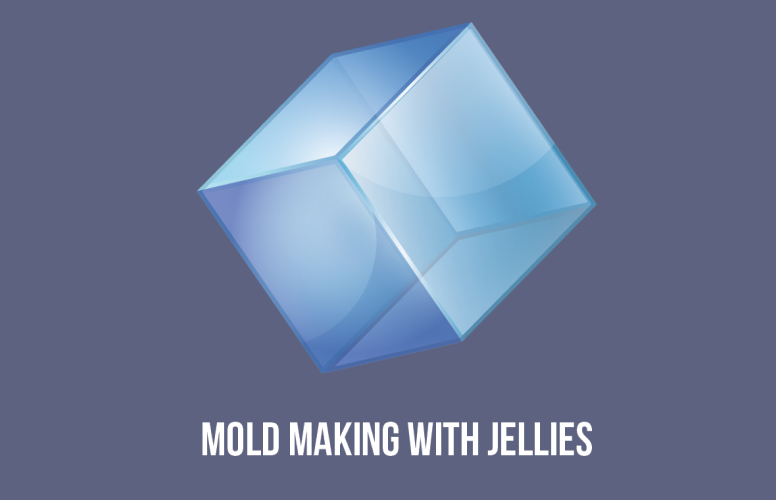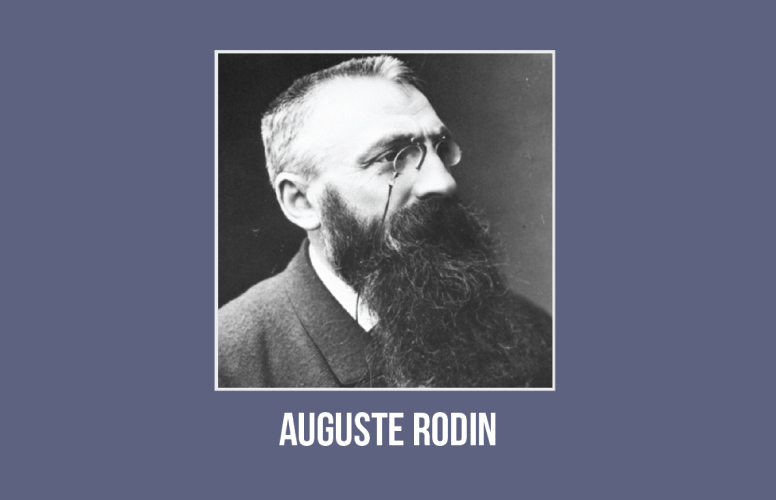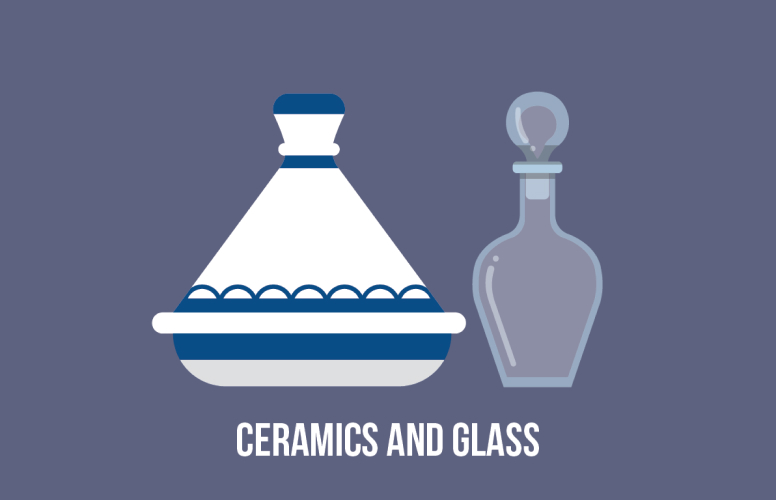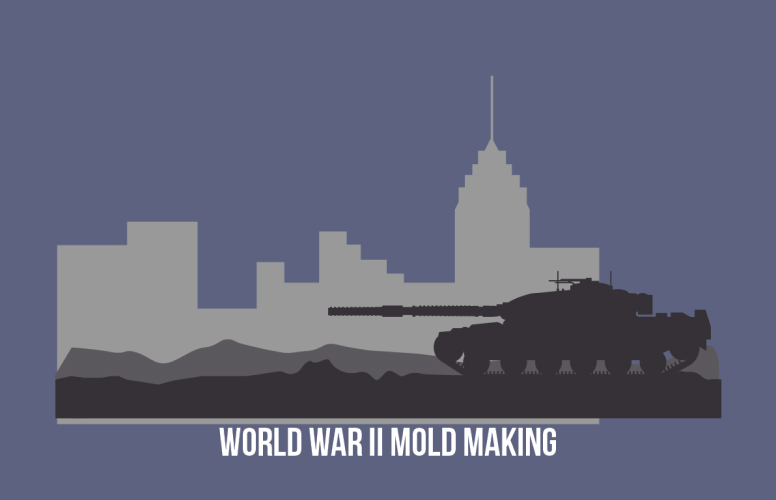First Signs of Mold Making and Casting
Mold making is actually a technique that has been around for 6000 years! This means that it was and still is such a useful process that it survived millennia of technological advancements and is still relevant today; talk about not fixing what’s not broken!
The oldest casting ever found is actually a copper frog that came from 3200 BC Mesopotamia. This is pretty believable since many prehistoric art themes are based around animals. It is thought that copper castings began being made when melted copper was discovered. But before this even happened, the prehistoric people already had ample knowledge in creating pottery. Using this along with melted copper, they shaped it by using molds created from clay, sand, and stone. This was the first instance of China’s mold making in history.
This was confirmed when stone molds were discovered by archaeologists. These came from 3000 BC and were used to make axes. From the artifacts they found, they hypothesized that two identical molds would be tied together to form one closed mold. A hole on top of this is where liquid metal — such as melted copper — would be poured into. Later on, more discoveries were made which confirmed that this technique (used today and referred to as bi-valve molding) is what was used to create many cast weapons and tool. Thus, China’s mold making and casting were essential to man’s survival during that time. Without the tools and weapons, people had no other means to gather, hunt, and fight efficiently.
